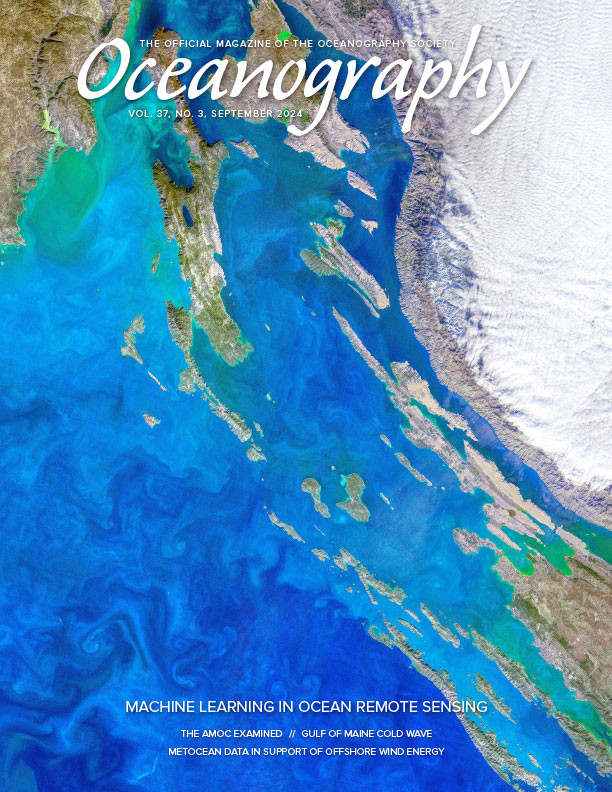Full Text
Both in the literature and in teacher training, teaching methods are often presented as highly structured with explicit phases and durations (Møgelvang, 2023), sometimes even with flow charts to follow (see, e.g., Lasry et al., 2008). Because engaged teachers want to optimize conditions for student learning, this can lead to the misunderstanding that there is one correct way of using a method. But from many studies (e.g., Schneider and Preckel, 2017), we know that it does not matter so much what method a teacher uses, as long as it is used intentionally and well. We are writing this column to encourage instructors to experiment with teaching methods and to adapt methods to their specific contexts and purposes.
Here, we present one example of how to modify an existing method. The “Doughnut Round” (Fleiszer et al., 1997) scaffolds reading and developing questions in preparation for structured and collaborative in-class discussions, where the students ask each other questions in a game show style and score points for correct answers. We call the method ReADi (Read-Ask-Discuss) to highlight its three phases, and we provide an overview of some possible design elements that can be extended and adapted to make ReADi suit different purposes (Table 1).
TABLE 1. Facets of the ReADi (Read-Ask-Discuss) method with three possible implementation alternatives, with an empty column for a fourth alternative, where readers can make their own entries. The teacher can determine the exact implementation or negotiate one or several aspects with the students. One example implementation (shaded fields) is shown in which the goal is to encourage reflection and critical thinking, the teacher facilitates the process, the students work in pairs on open-ended questions, and no competitive elements are involved. > High res table |
Instructing students to read, answer questions, and discuss are common teaching strategies, though prompting students to develop good questions is not as common (McQueen and McMillan, 2020). But developing questions is particularly useful to support learning by facilitating active engagement with content, for example, with data visualizations (Zrada et al., 2019) or for exam preparation (Denny, 2015; Teplitski et al., 2018). ReADi uses the development of questions as a tool for fostering deep engagement with texts, and the method has been used to teach factual knowledge (Bulstrode et al., 2003) and improve students’ confidence and communication skills (Zhang et al., 2017). Most colleagues report using the ReADi method in similar ways; however, there are also some differences, for example, in who chooses reading materials, who assesses, and whether points are awarded. Sohrabi et al. (2024) ran an online version of ReADi that introduced a penalty for wrong answers, although penalizing students can be counterproductive for student engagement. ReADi can be modified in many more ways.
To make learning situations motivating for students, we can invite them into the decision-making process of adapting methods to their context (Bovill, 2020; Glessmer and Daae, 2021). Many aspects of ReADi can be adapted in negotiation with students, from smaller adjustments of the method, such as decisions on what to read, to larger adjustments, such as choosing if and how competition elements should be included (Table 1). Based on what we see in the literature, introducing competitive elements seems to work well in some North American contexts. From our experience in a Scandinavian context, teachers (and students) do not embrace competitive elements to the same extent. If some students find competition in the learning environment to be engaging, there are ways to make competition more appealing. For example, students can choose to create and respond to questions in groups and/or can co-design other competition elements (Table 1). Simply asking which parameters students might want to do differently and being open to making those adjustments can make a big difference for student engagement and, thus, learning.
Some aspects of ReADi are influenced by the frame in which a course is being taught and by how the teacher wants to use the method. In general, the teacher should provide a framework to ensure the activity fits the desired context (e.g., demands of small master’s courses are different from large undergraduate courses; teaching assistants might not have the same flexibility as course coordinators). Teachers may want to retain control over what reading material is provided to ensure that the course’s specific intended learning outcomes are met. If quality control is a concern, teachers may also choose to have students submit questions before discussions take place, or they may choose to take on the role of adjudicator of answers.
To ensure an equitable learning environment, we encourage teachers to also consider recommendations from the literature, for example, by assigning students to groups rather than letting them choose groups themselves (Oakley et al., 2004; Tanner, 2013). Most often, the teacher is the catalyst for co-creation—therefore, the teacher needs to be open to this possibility. Heron (1992) argues that at every decision stage of teaching (and in this case we could argue at all the stages of ReADi), the teacher can choose to take authority over decisions, to negotiate, or to delegate responsibility to students. Teachers have a vast range of possibilities for adapting their teaching approaches and methods.
Here, we described how a method can be dissected into parts and adapted in different ways for different purposes and contexts. We encourage teachers to explore ReADi in this way, as well as to consider how other methods they are using might be adaptable, and which aspects might be negotiable with students, to maximize student engagement and learning.


